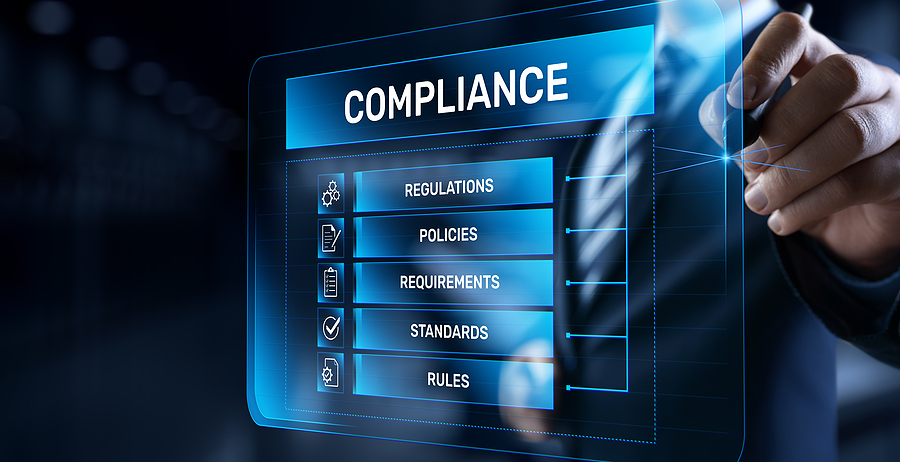Clinical trials primarily involve testing new drugs and treatments to help relieve, prevent, or cure diseases. In the past, the practice used paper-based case report forms (CRFs) in clinical trials. However, the problem was the prolonged clinical research timeframe or delays due to missing patient information, misspelled words, and other data inaccuracies.
The study data tabulation model (STDM) outlines a clinical trial’s standard data formatting, collection, and overall structure. It’s part of the new drug application requirement when seeking a regulatory body’s approval, such as the National Cancer Institute (NIC) and the Food and Drug Administration (FDA).
With the advancement of digital technology, automating clinical trials with CRF STDM replaces the traditional paper-based method.
This article explains the benefits of automating clinical trials with CRF SDTM.
1. Overcomes the major challenges in clinical trials
One of the main problems that research firms and pharmaceutical companies face is finding participants for their clinical trials. Another problem is medical jargon translation into layman’s terms. In addition, manually creating annotated case report forms (aCRFs) for clinical trials is cumbersome.
An STDM annotated CRF shows the data mapping from the CRF to SDTM. They’re blank CRFs with annotations documenting the data location with the names of the datasets and variables. Hence, creating from a blank page is difficult because of the need to manually create annotations for each form and convert the forms into PDF.
This is when CRF STDM automation comes to play. Automating CRF SDTM annotations is one way to overcome the major challenges in clinical trials.
Automating CRF SDTM annotations allows for building studies that clinical research companies can reuse in the future. They can share the relevant data with affiliate media partners to syndicate content for consumer information dissemination and encourage people to participate in their clinical trials. Hence, CRF SDTM automation can also help increase a clinical trial’s visibility to potential participants.
2. Saves time and effort
Contract research organizations (CROs) can eliminate manual annotated CRF creation and verification each time. Defining the study’s data acquisition forms upfront using clinical trial automation software enables them to add annotations in their SDTM without hassle. With just a few clicks, CROs can generate regulatory-compliant SDTM annotated CRFs.
As mentioned, researchers can reuse annotations from studies and across multiple electronic data captures (EDCs). This refers to a software program that stores patient data in clinical trials. Generally, patient data is recorded on paper. Afterwards, the encoder transcribes it into the EDC system and saves it in the electronic case report form (eCRF).
The CROs can quickly import files from their EDC systems straight into the clinical trial software. A reliable clinical software program can integrate multiple EDC systems. Hence, it takes less time and effort for CROs to build their studies. The CROs can launch more clinical trials to help their clients’ FDA application get approved for their newly discovered drug or treatment.
3. Ensures regulatory compliance

Automating clinical trials with CRF SDTM ensures compliance with regulatory authorities for the quicker submission of clinical studies.
Using trusted clinical trial software promotes effortless validation. It means that the tool automatically validates against the rules of different EDC systems with accuracy, relevancy, and regulatory compliance.
Because investigators and clinical managers can visualize, modify, and approve CRFs faster, launching new drugs and treatments in the market is also quicker. Hence, more people can benefit from the clinical trial findings, relieving their pain and suffering and finding a cure for a particular disease.
On the other hand, if a clinical trial has a non-compliant CRF STDM, there could be lengthy delays in the approval of a new drug or treatment. The managing CRO would need to provide additional documentation or evidence about the results of their findings to satisfy the requirements of regulatory agencies. This process can be tedious and costly. Hence, it’s crucial to ensure regulatory compliance from the start through automation.
4. Standardizes annotated CRFs
Clinical trial automation software can use a clinical research firm’s metadata to create the annotations and present the CRF design in PDF format.
With CRF STDM automation, research firms can set end-to-end standards based on their datasets. Therefore, all accompanying datasets, forms, terminologies, annotations, and edit checks also follow, standardizing annotated CRFs.
Having standardized annotated CRFs gives research teams more control over their clinical trials. They can add annotations, datasets, and links at any time. Furthermore, they can have annotations and notes for different reviewers following the agreed font size, style, and formatting parameters.
5. Greater focus on patients and clinical trial analysis

When a drug is administered to a patient, the role of the investigator is to take note of any effects or changes from the participant’s baseline data. This critical step entails careful observation and clinical analysis.
Furthermore, EDC and CRF are important aspects of clinical trials that CROs use to document all patient responses. Any erroneous information or mistake on these forms can affect the clinical trial.
Automating clinical trials with CRF SDTM allows CROs to focus on patient subject acquisition and finding analysis. Investigators can document patient responses more accurately than deal with EDC and CRF issues. With automation, researchers don’t need to learn to use different systems because the clinical trial software can do the job seamlessly.
Because investigators don’t have to deal with EDC and CRF issues, they can spend more time assessing patients who may be experiencing adverse effects or positive outcomes as a result of a drug treatment. They can concentrate on checking the patients’ vital signs, behavior, and other physical and psychological factors and parameters that can affect the findings and the entire clinical trial. This helps promote more productive patient conversation and more comprehensive clinical investigation.
Conclusion
Using CRF SDTM in clinical trials streamlines the workflow of clinical trials. Investigators, patients, medical coders, and other significant people involved in the clinical study can easily access, modify, verify, store, and analyse data. The CRF SDTM standardizes the entire process from patient registration to reporting with maximum security and accuracy.

